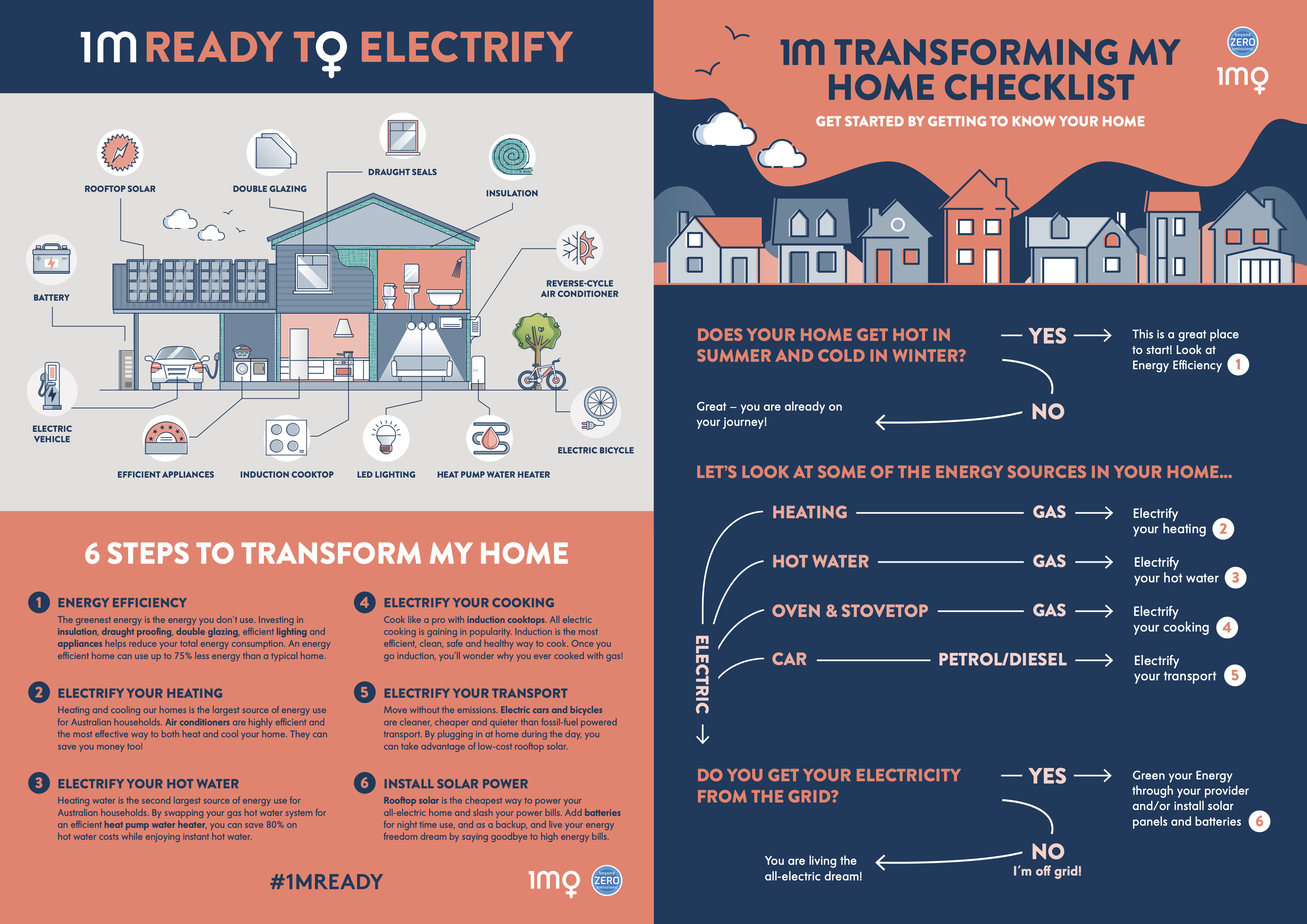Going Solar – What’s it Going to Cost Me?
And the quick answer is, “Probably not as much as you’d think”. The reasons for this are many, so let’s take a look at the main ones.
Reduce Your Electricity Usage
Whether you’re planning on going solar or not, this is something everybody can and should do. And it’s something that can be done relatively easily, since it involves mainly being aware of what appliances and devices you’re using and when and making sure to unplug them when not in use, whenever possible.
For instance, if you have a fancy new 46″ LCD television and you leave it plugged in while you’re out at work during the day, the TV will still be drawing power if it’s left plugged in, since it will be in what’s known as standby mode, i.e. it will continue to draw 10 to 20 watts of power so that your screen is kept warm and the picture shows immediately when it’s turned on.
Computers, DVD players, etc., operate in a similar way and continually draw power if left plugged in. So, either unplug them when not in use or plug them into a power strip or switched circuit and turn them all off at once.
Reducing your electricity usage in this way can save you a substantial amount on your bill and makes sense for everybody, but is essential to keep the cost of a solar electric system down if you intend to go solar.
What Size System Do I Need?
An average household of 3 or 4 people in a house of about 2500 square feet would need something in the range of a 3 kilowatt system. The size of the system depends on the amount of energy used daily, and how much you’d like to reduce the amount of electricity you buy from your utility, so you may need a larger or smaller system, but 3 kilowatts should be more than enough for most average households.
That size system would cost between $24-30,000, if you were to have to pay for it all yourself, but, fortunately, there are some fantastic rebates and tax incentives available at both the Federal and State level that can reduce the final cost to you substantially.
Take Advantage Of Rebates And Tax Incentives
There are many opportunities available right now to avail yourself of substantial rebates and tax incentives at both the Federal and State levels (check with your State to find out what rebates and/or incentives they are offering, if any). These are not insignificant and can result in the cost of a new solar energy system being reduced by up to a third of the original cost.
So, a 3kW system like the one we’ve been discussing could end up costing $16-20,000 after rebates and incentives.
The cost of a solar electric system can be lessened by reducing your electricity usage and by taking advantage of rebates and incentives. The balance of the total cost will be recouped in the savings realized from reduced electricity bills within 5-10 years generally, after which you’ll be able to enjoy free electricity for another 15-20 years, since most solar panels carry a 25-30 year warranty.
The result is a win-win-win situation – you win thanks to the savings you’ll realize from reduced electricity bills; the planet wins thanks to reduced greenhouse gases; and the economy wins thanks to the jobs created in the solar energy sector.


